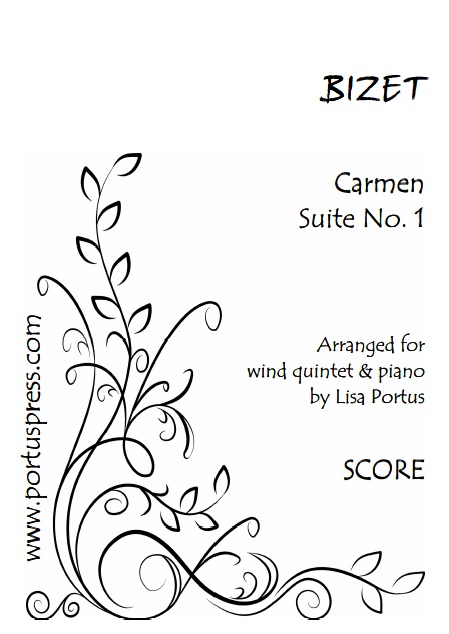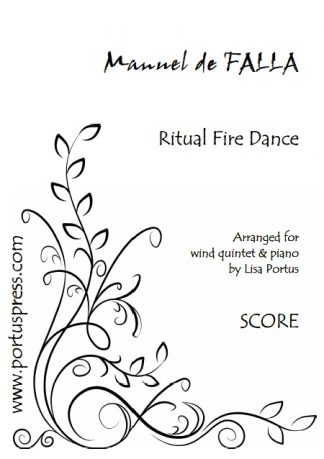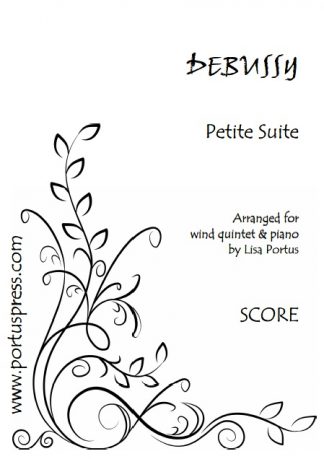Description
Carmen, by the French composer, Georges Bizet (1838-1875), is now recognized as one of the world’s truly great operas. However, it was a categorical failure during Bizet’s lifetime, and may well have contributed towards his untimely death just a year after its completion, aged 36. Such was the eventual popularity of the opera that two suites comprising some of the work’s most popular numbers were compiled by Ernest Guiraud. Suite No 1 comprises six movements – mostly preludes and entr’actes – which do not follow the order they appear in in the opera:
- In the Prelude we are presented with a threatening and dramatic fate motif associated with Carmen’s premonitions of death and her murder.
- With its seductive Latin rhythms the Aragonaise accompanies a busy street scene outside the bullring in Seville.
- The Intermezzo is melodiously lyrical interlude providing a short moment of calm when Carmen and Don José’s relationship seems secure. It features one of the most beautiful flute solos in the repertoire.
- The Séguedille is the only movement derived from an aria. Carmen describes her passion for free living and loving in a bid to persuade Corporal Don José into letting her go after she has been arrested for causing a disturbance in the cigarette factory.
- Les Dragons d’Alcala is light-hearted march in a ‘toy’ military style.
- The Finale sets the scene for the brilliant parade of the Toreadors on their way to the bullring in Seville and also includes a section of the ever-popular Toreador Song heard more fully in the second suite.
And here’s a very fine performance of the ‘Intermezzo’ by the Toyko Sextet:






